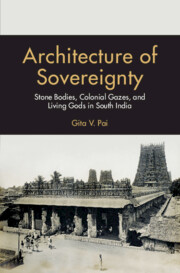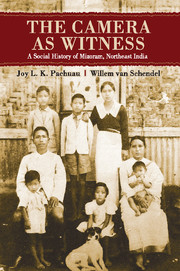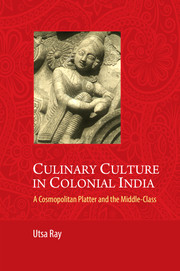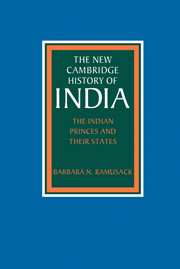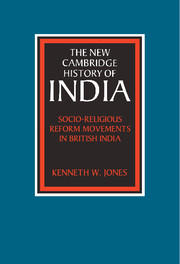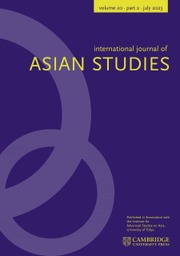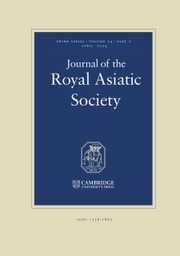Architecture of Sovereignty
In this innovative study, Gita V. Pai traces the history of the Pudu Mandapam (Tamil, 'new hall') – a Hindu temple structure in Madurai – through the rise and fall of empires in south India from the seventeenth century to the present. This wide-ranging work illustrates how south Indian temples became entangled in broader conflicts over sovereignty, from early modern Nayaka kings, to British colonial rule, to the post-independence government today. Drawing from methodologies in anthropology, religious studies, and art and architectural history, the author argues that the small temple site provides profound insight into the relationship between aesthetics, sovereignty, and religion in modern South Asia.
- Uses a narrow focus on a single monument to illuminate broad historical themes
- Surveys changing conceptions of sovereignty across regimes from early modern to contemporary India
- Employs multidisciplinary methods to analyze the aesthetics of religious sites and their effects on the exercise of power
Reviews & endorsements
‘Architecture of Sovereignty is a refreshing new examination of the south Indian Minaksi-Sundaresvara temple. Focusing on the temple’s Pudu Mandapam, Pai expertly engages methodologies from history, art history, religious studies, and architecture to produce a rigorous diachronic biography and reception history of this prominent site from the 1630s through the present day. In doing so, the author adds important new chapters to the history of this celebrated temple and, more broadly, demonstrates how religious spaces—both grand and small—can serve as sites for the contestation of sovereignty, power, and governance as they are reconceived again and again throughout their histories.’ Caleb Simmons, The University of Arizona
‘In this work of critical and historical geography, Gita Pai tracks the Pudu Mandapam, a south Indian ritual hall constructed in the 1630s, through nearly four centuries of transformations. Richly documented with historical drawings, photographs, travel accounts, and court documents, this deep study situates the hall within the changing authority systems of late medieval Hindu kingship, British colonial rule, and the postcolonial Indian nation-state within a globalized economy, while remaining alive to the many divergent perspectives that have made up the complex identity of the Mandapam.’ Richard H. Davis, Bard College
‘Gita Pai’s rich and meticulously researched book draws us into a dynamic diorama of Madurai’s New Hall and provides us with insightful models of authority and dominance. Held by pillars of power, the Pudu Mandapam is inhabited by royal and divine actors, colonial rulers, and thronging multitudes. A veritable tour de force, Pai’s Architecture of Sovereignty ambitiously, yet assuredly, moves through several registers of deities and devotees as well as economic and aesthetic structures in the pre-colonial, colonial, and postcolonial states, as we walk through the contested spaces of the bustling capacious stone pavilion and the areas near Madurai. Its vision and interdisciplinarity are commanding; architecture, festivals, rulership, and intrigue are drawn together elegantly in this breathtaking volume. This book should be read by not just scholars of South Asia but all those interested in structures of divine kingship and colonialism.’ Vasudha Narayanan, University of Florida
Product details
April 2023Adobe eBook Reader
9781009174770
0 pages
This ISBN is for an eBook version which is distributed on our behalf by a third party.
Table of Contents
- List of Figures
- Acknowledgments
- Notes on Transliteration and Spelling
- Introduction: Sovereignty's Trace in Architectural Forms
- Part I. Stone Bodies:
- 1. Constructing Kingship: Nāyaka Rule in Early Modern Madurai
- 2. Co-opting a Local Goddess in Madurai: From Warrior Queen to Śiva's Consort to Political Pawn
- Part II. Colonial Gazes:
- 3. Imagining Civilization: Antiquarian Curiosities in Madura
- 4. Tracing the Vernacular: Drawing Madura into Debates over Language in British India
- 5. Illustrating Madura: Art as 'History' and State-Building
- 6. Photographing Madura: The Living Temple as a Site of Ruin
- Part III. Living Gods:
- 7. Producing Heritage: Culture as Commodity in Contemporary Madurai
- Epilogue: Rejecting the State—Priestly Devotion and Protest in Modern Madurai
- Bibliography
- Index.

